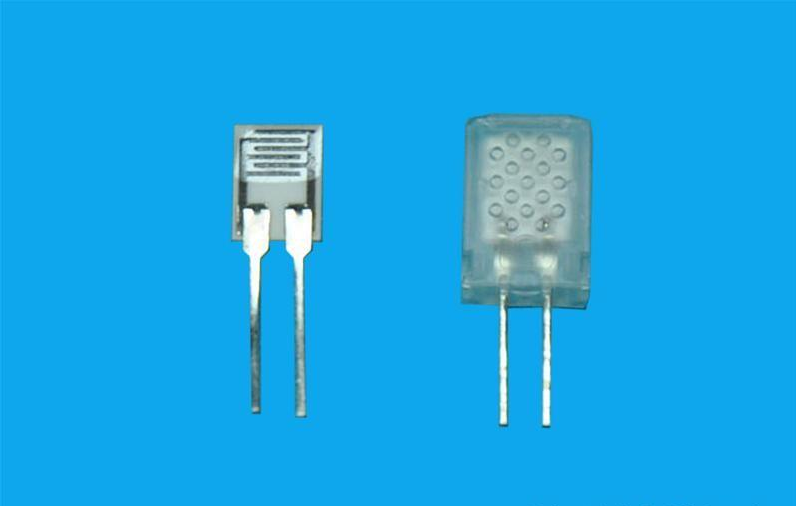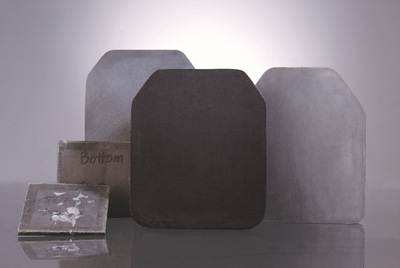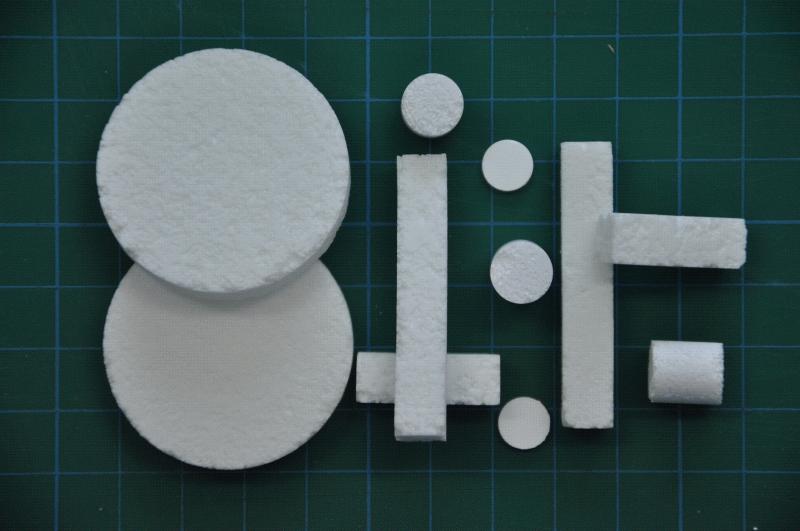Humidity-sensitive ceramics refer to ceramic materials that are sensitive to the moisture content in air or other gases, liquids and solid materials. Namely air changes in the humidity, or changes in the moisture content of the substance, can cause drastic changes in certain physical or chemical properties of ceramic materials.
Such as very obvious changes in resistivity, dielectric constant, etc., and this change follows a certain law, such as linearity, exponential function, etc. This change law should be stable and reversible, so people can use this change Regularly accurately measure and control the humidity in the air or the moisture content in the substance.
1. The main characteristics of humidity sensitive ceramics
Humidity-sensitive ceramics must first be made into humidity-sensitive components, such as humidity-sensitive resistors and humidity-sensitive capacitors, to measure humidity, and then be equipped with appropriate circuits and auxiliary parts to form a humidity sensor. The sensor outputs corresponding electrical signals for display, recording or Hygrometer or humidity control equipment composed of control circuit. Humidity-sensitive ceramics should be easily made into humidity-sensitive components, and easy to mass produce, and its main performance meets the requirements of humidity sensors.

Ceramic humidity sensor
(1) Power supply frequency range is constant
Humidity sensors usually work in alternating current or bidirectional pulse circuits, because in the direct current circuit water will electrolyze, can not give a stable signal. In order to avoid the interference of power frequency alternating current, the power frequency of the sensor should be far away from the range of 50Hz. Generally, the frequency range is above 100Hz and below 10Hz. It is mainly capacitive in AC circuits humidity sensitive element called humidity sensitive capacitance, general capacitance is very large; the main performance is resistive called humidity sensitive resistance; the capacitive reactance close to the resistance is the impedance type.
(2) Relative humidity area
Humidity is usually expressed as relative humidity (RH). Sensors that can work at a humidity above 75%RH are called high-humidity sensors. Humidity below 45% RH is called low humidity range, and this sensor is called low humidity sensor. Humidity sensitive ceramics generally can work in the range of 0-100%RH, so they are called fully wet type.
(3) Electrical performance
In order to facilitate the measurement and connection with the display instrument, under normal test conditions, the humidity sensitive resistance usually takes a value of several kΩ to several MΩ, humidity sensitive capacitance is in the range of tens of nF to thousands of nF. In this way, the resistivity of the humidity sensitive ceramic is also 10 to the 7th power Ω·cm, and the dielectric constant is 2x10 cubic. In the entire humidity range, the resistivity changes by 2 to 4 orders of magnitude, and the dielectric constant changes by 1 to 3 orders of magnitude. The change of material parameters such as resistivity and dielectric constant with humidity can be a linear function or a logarithmic function.
(4) Sensitivity
Sensitivity is another indicator of humidity sensors. It is usually expressed by the relative humidity change of 1%, the percentage change of the resistance value or the capacitance, and the unit is %/%RH. Generally, the sensitivity of humidity sensitive ceramics is between (1%~15%)/%RH. Sensitivity is often different in different humidity ranges.
(5) Response time
The response speed to humidity is often expressed by hygroscopic and dehumidification time, collectively called the response time. When humidity increases from 0% (or nearly 0) to 50% or 30% to 90%, the time required to reach equilibrium is the hygroscopic time; The time required to reach equilibrium when humidity drops from 100% (or close to 100) to 50% or from 90% to 30% is the dehumidification time. The specific conditions shall be based on the actual use conditions of the sensor. Generally, the moisture absorption response is fast and the dehumidification is slow, that is, the dehumidification time is longer than the moisture absorption time. Since the humidity sensor that is usually used is in the atmosphere and is not moving, the response time is not critical. The response time of the ceramic humidity sensor is mostly less than 30s, some can be less than 1s, and the response is very fast. Ratio of general thick film humidity sensor body shape responds faster.
(6) Temperature coefficient of resistor (or capacitor)
Humidity sensitive ceramics are mostly semiconductor ceramics whose semiconductor properties are often strongly dependent on temperature. The resistivity of humidity sensitive ceramics (or The temperature coefficient of the permittivity is also very important and is often called the humidity temperature coefficient. It's defined as for every 1℃ change in temperature The humidity change corresponding to the material constant change, the unit is % RH/℃.
(7) Anti-aging performance
Humidity-sensitive elements are used for a long time in polluted environments such as oily smoke and dust, they will also be contaminated, their performance will decline, and finally lose Dehumidification performance. However, after being contaminated, the humidity-sensitive ceramics can be heated to restore the original performance. This is other
The type of humidity sensor can not match. The so-called thermal cleaning is to heat the moisture-sensitive ceramics to above 400℃ to make it adsorb on the surface of the ceramic body. The dirt on the surface is burned, and the original adsorption capacity of the moisture-sensitive ceramic is restored.
Declaration: This article is provided by CERADIR™ users or obtained from Internet, the content does not represent the position of CERADIR™. We are not responsible for the authenticity/accuracy of the article, especially the effects of the products concerned. This article is for study only, it does not constitute any investment or application advice. For reprinting, please contact the original author. If it involves the copyright and/or other issues, please contact us and we will deal with it asap! CERADIR™ has the interpretation of this declaration.







